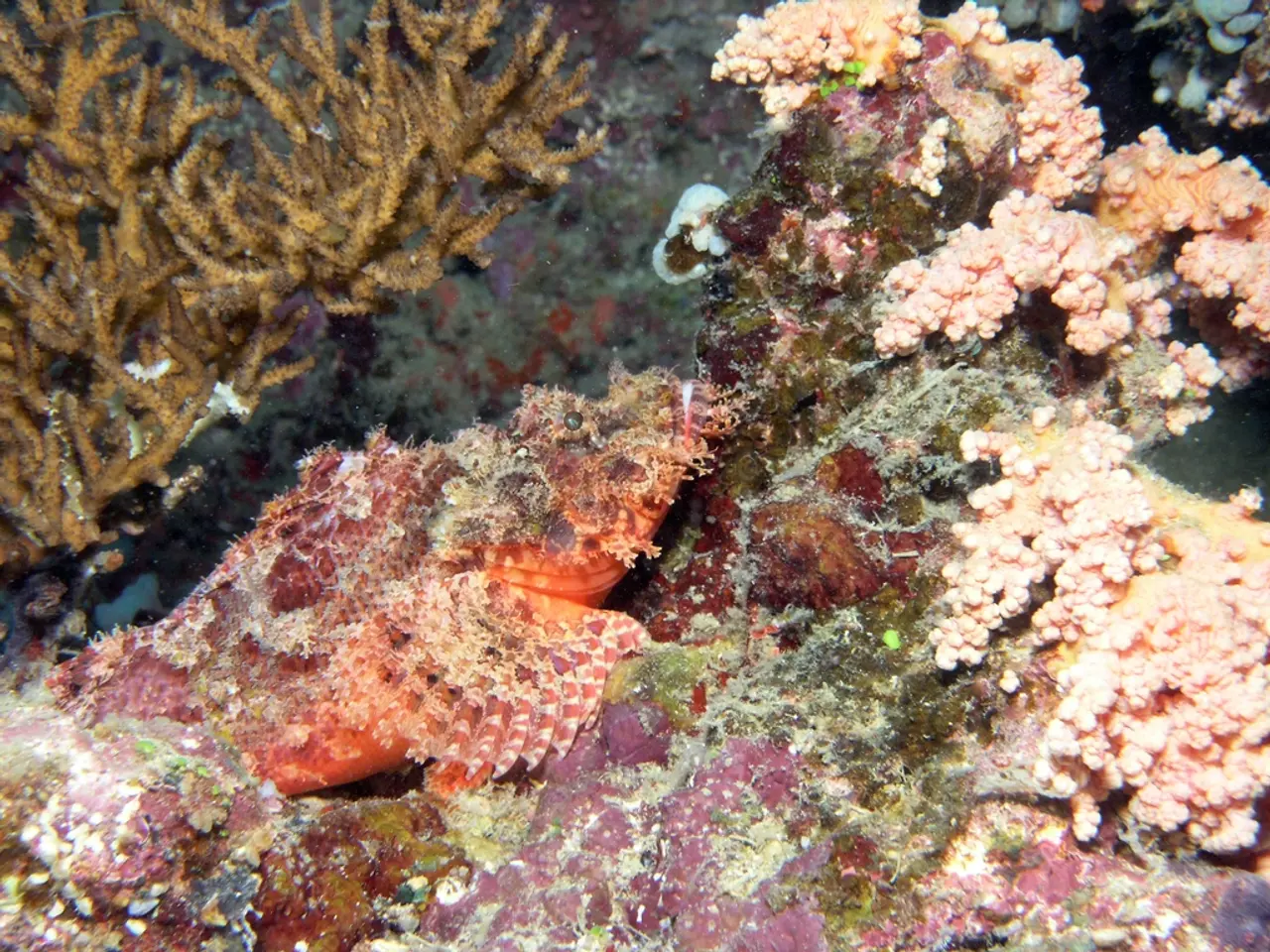Scientists from Scripps Institute Identify Key Emission Source of Atmospheric Methyl Bromide
Salt marshes, often overlooked ecosystems, have been found to play a significant role in the production and emission of methyl bromide (CH3Br) and methyl chloride (CH3Cl), two important halogenated trace gases that influence atmospheric chemistry and ozone depletion.
Research scientists at the University of California, San Diego have identified salt marshes as a major natural source of methyl bromide. The study, published in the journal Nature, also implicates salt marshes as a source of methyl chloride.
Salt marshes act as natural sources of methyl halides. These gases are produced primarily through microbial and plant-mediated processes occurring in the salt marsh sediments and vegetation. Microorganisms in salt marsh soils catalyze the methylation of bromide and chloride ions naturally present in seawater and sediments, generating methyl halides like CH3Br and CH3Cl.
The emissions of these methyl halides from salt marshes contribute to the global budget of halogenated compounds, affecting the atmospheric halogen levels critical to ozone chemistry. Although they make up only 0.1% of the Earth's surface, salt marshes may constitute Earth's largest natural terrestrial source of methyl bromide and methyl chloride.
The study suggests that the emissions of both methyl bromide and methyl chloride from salt marshes are likely to increase with rising temperatures and sea levels. Methyl bromide is produced naturally from oceans and plants on land, and is also manufactured for use as a pesticide. In the U.S., about 21,000 tons of methyl bromide are used annually in agriculture, commodity and quarantine treatment, and structural fumigation.
The U.S. Environmental Protection Agency estimates that 72,000 tons of methyl bromide is used around the world each year. The study was funded by the National Science Foundation, the National Aeronautics and Space Administration, and the Methyl Bromide Global Coalition.
Because it is considered a significant ozone-depleting substance, governments have developed controls that limit methyl bromide production. The research team plans to continue their work, with future studies focusing on expanding their findings to other salt marshes and different environments, such as mangrove forests.
The research team also discovered that the emissions of methyl bromide and methyl chloride from salt marshes are affected by the salinity of the water, with higher salinity leading to higher emissions. The study highlights the importance of salt marshes as a significant natural source of both methyl bromide and methyl chloride, which have important roles in the Earth's atmosphere.
[1] For more specific details, please refer to the original research paper published in Nature.
- The study conducted by researchers at the University of California, San Diego revealed that salt marshes are not only significant sources of methyl bromide and methyl chloride, but they also contribute to the Earth's environmental science and health-and-wellness by influencing atmospheric chemistry and ozone depletion.
- As part of their future research, the team plans to investigate therapies-and-treatments to mitigate the impacts of climate-change on the emissions of methyl bromide and methyl chloride from salt marshes, potentially leading to improvements in the overall health of the environment.




